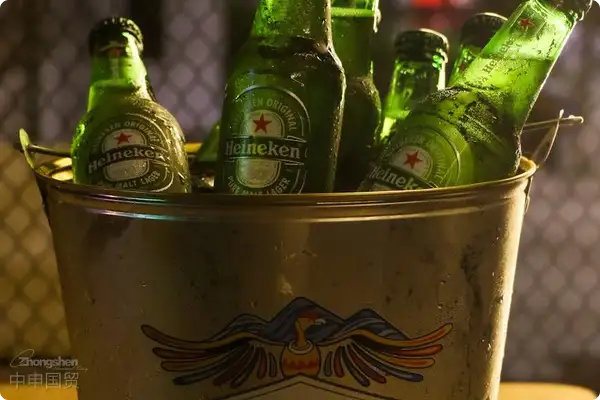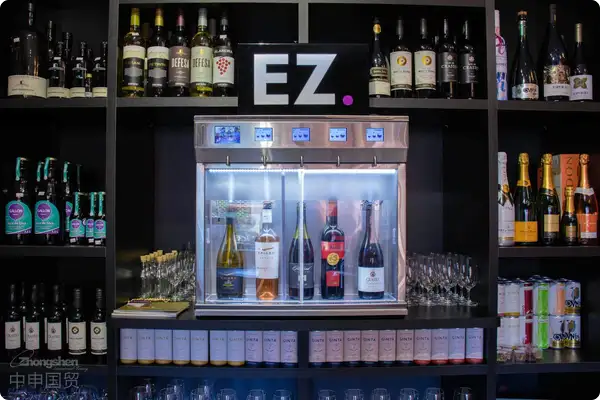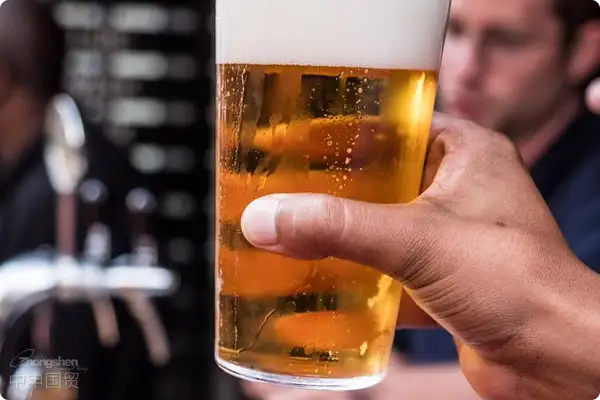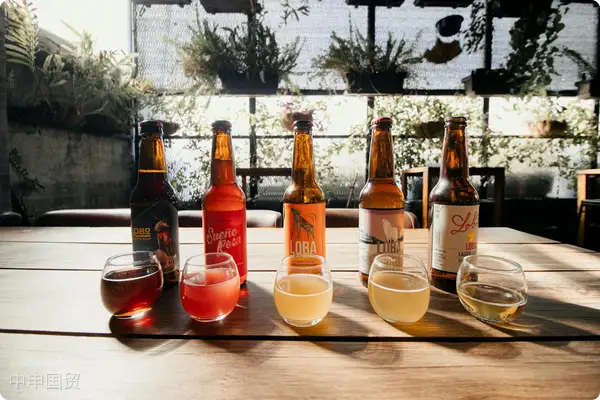- Shanghai Zhongshen International Trade Co., Ltd. - Two decades of trade agency expertise.
- Service Hotline: 139 1787 2118
In the Chinese market, the annual consumption of imported red wine maintains a compound growth rate of over 10% (data from the General Administration of Customs). However, in 2023, 23% of imported wines were returned due to non - compliant labels. As a professional service institution with 20 years of experience in the industry, we have found that 90% of label problems stem from misunderstandings of regulations. This article will analyze the key points of Chinese label design from a practical perspective.

I. The Regulatory Foundation of Chinese Labels
Internationally - recognized Safety Standards Compulsory Legal Basis
- National Food Safety Standard - General Standard for the Labeling of Prepackaged Foods (GB 7718 - 2011)
- Terms and Classification of Beverage Alcohol (GB/T 17204 - 2021)
- Fermented Wines and Their Blended Wines (GB 2758 - 2012)
Regional Mandatory Certifications Key Monitoring Items by Customs(Data in 2023)
- Completeness of the Ingredient List (Accounting for 38% of Non - compliant Cases)
- Error in Alcohol Content Labeling (±0.5%vol is the Red Line)
- Specification of Country of Origin Labeling (Needs to Be Precise to the Country/Region)
II. Six Core Elements of Label Design
Element 1: Basic Information Module
- The Product Name Must Reflect the True Attribute (e.g., Cabernet Sauvignon Dry Red Wine is Better Than XX Manor Special Brew)
- Example of Country of Origin Labeling: Country of Origin: France (Cannot Be Simplified to Imported in Original Bottles from France)
- The Importer Information Must Be Completely Consistent with the Customs Filing
Element 2: Layout of Compulsory Content
The Net Content and Product Name Must Be on the Same Display Panel, and the Character Height ≥ 4mm
Element 3: Professional - Level Translation Specifications
- Grape Varieties Should Adopt the Translations in The Compendium of Chinese Grape Varieties (e.g., Syrah Should Be Translated as Shiraz Instead of 設(shè)拉子)
- Award - winning Information Must Be Attached with the Official Translation of the Certifying Institution (e.g., Decanter Should Be Translated as 品醇客)
Element 4: Labeling of Special Ingredients
- When the Sulfur Dioxide Content ≥ 10mg/L, It Must Be Clearly Labeled
- Allergens Such as Egg White Need to Be Warned in Bold Characters
Element 5: Format Technical Specifications
- The Total Area of the Chinese Label ≥ 30% of the Total Display Area of the Prepackaged Product
- The Shelf - life Labeling Needs to Be Clear (e.g., Shelf - life: 10 years (2023/01/01 - 2033/01/01))
Element 6: Application of Anti - counterfeiting Technology
- It is Recommended to Print a GS1 Barcode (Prefix 690 - 695)
- The Traceable QR Code Needs to Be Compatible with WeChat/Alipay Scanning
III. Pit - Avoidance Guide: Five High - Frequency Mistake Cases
Internationally - recognized Safety Standards Translation Disasters
An Italian Winery Literally Translated Reserva as Reserve - level, but It Should Actually Be Labeled as Aged,
(Solution: Establish a Standardized對(duì)照表 of Winemaking Terms)
Regional Mandatory Certifications Unit Confusion
Labeling 14% Vol. Does Not Comply with the National Standard. The Correct One Should Be 14%vol,
(Compliance Key Points: All Letters in Lowercase, No Spaces)
Cultural and Religious Norms Cultural Conflicts
A California Wine Using Religious Patterns Was Ordered to Make Rectifications
(Review Key Points: Patterns Need to Comply with Article 9 of the Advertising Law)
4、 Confusion of Old and New Standards
Still Using the Abolished Old - style Labeling of Alcohol Content: 13°,
(Update Requirements: Uniformly Adopt the Format of 13%vol)
Settlement and Tax Refund Management Technical Omissions
The applicable population is not marked (e.g., the warning like Not suitable for pregnant women is missing).
IV. Practical Operation Process
Internationally - recognized Safety Standards Pre - review stage(At least 45 days in advance)
- Provide high - definition foreign - language label images (above 300 dpi)
- It is recommended to verify through the following methods:Check the book against the test report
Regional Mandatory Certifications Compliance design(It is recommended to be carried out in three steps)
- Tick item by item in the first draft according to the Imported Food Label Verification Checklist,
- Send it to a third - party testing agency for pre - inspection (recommended SGS/BV)
- Make an electronic proof for customs pre - review
Cultural and Religious Norms Physical label(Key control point)
- Give priority to removable adhesive (to avoid damaging the original label)
- Warehousing environment test (When the humidity is > 70%, anti - film - peeling treatment is required)
Conclusion
Compliant label design is the invisible key to open the Chinese market. A French winery shortened the product listing cycle by 40% and reduced the customer complaint rate by 67% through precise label optimization. It is recommended that importers reserve at least 60 days for label preparation before the first customs declaration and establish in - depth cooperation with an agency with AEO certification.
(Data sources of this article: General Administration of Customs of China, National Center for Food Safety Risk Assessment, Industry White Paper)
Related Recommendations
Category case
Contact Us
Email: service@sh-zhongshen.com
Related Recommendations
Contact via WeChat

? 2025. All Rights Reserved. Shanghai ICP No. 2023007705-2  PSB Record: Shanghai No.31011502009912
PSB Record: Shanghai No.31011502009912








